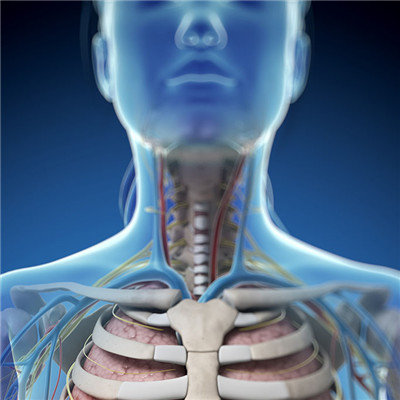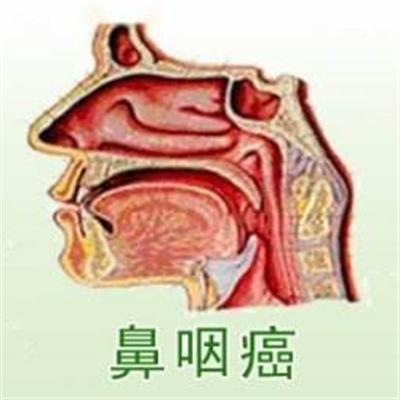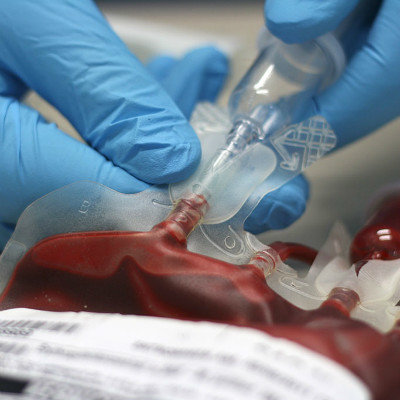Symptoms of chylothorax
summary
The symptoms of chylothorax can be divided into two parts; One is chylothorax itself. Traumatic rupture of thoracic duct, chylous fluid overflow quickly, can produce compression symptoms, such as shortness of breath, dyspnea, mediastinal displacement, etc. Those caused by disease have few symptoms. It can cause malnutrition due to excessive loss of fat, protein and electrolyte, or immune dysfunction due to excessive loss of T lymphocytes.
Symptoms of chylothorax
1. History (1) chest surgery history, chest closed injury, severe cough or vomiting, over extension of spine or fracture and other rare causes, may also lead to thoracic duct tear. (2) the most common mediastinal malignant tumors are lymphoma, lymphangiomyomatosis, thoracic lymphangitis, tuberculosis, superior vena cava obstruction syndrome, connective tissue disease (systemic disseminated lupus erythematosus, Behcet's disease, etc.), filariasis, nephrotic syndrome, cirrhosis, etc. Kaposi's sarcoma is often secondary to acquired immunodeficiency syndrome (AIDS) and can cause chylothorax. (3) in a small number of congenital cases, the causes are developmental malformations of thoracic duct, such as dilation, defect, atresia or fistula formation.

2. The clinical manifestation is divided into two parts: one is the manifestation of primary disease; One is chylothorax itself. Traumatic rupture of thoracic duct, chylous fluid overflow quickly, can produce compression symptoms, such as shortness of breath, dyspnea, mediastinal displacement, etc. Those caused by disease have few symptoms. It can cause malnutrition due to excessive loss of fat, protein and electrolyte, or immune dysfunction due to excessive loss of T lymphocytes.

3. The diagnosis of chylothorax depends on the examination of pleural effusion. Breast hydrothorax has high diagnostic value.

matters needing attention
Further radionuclide lymphangiography or X-ray lymphangiography is necessary to observe the location of lymphatic obstruction and lymphatic overflow. Chest and abdominal CT examination is feasible to find out whether there are enlarged lymph nodes or other masses along the thoracic duct. It is necessary to determine the cause of the disease.













